Meet a Community Scientist: Eric Keller
Plus, his discoveries and his creations.
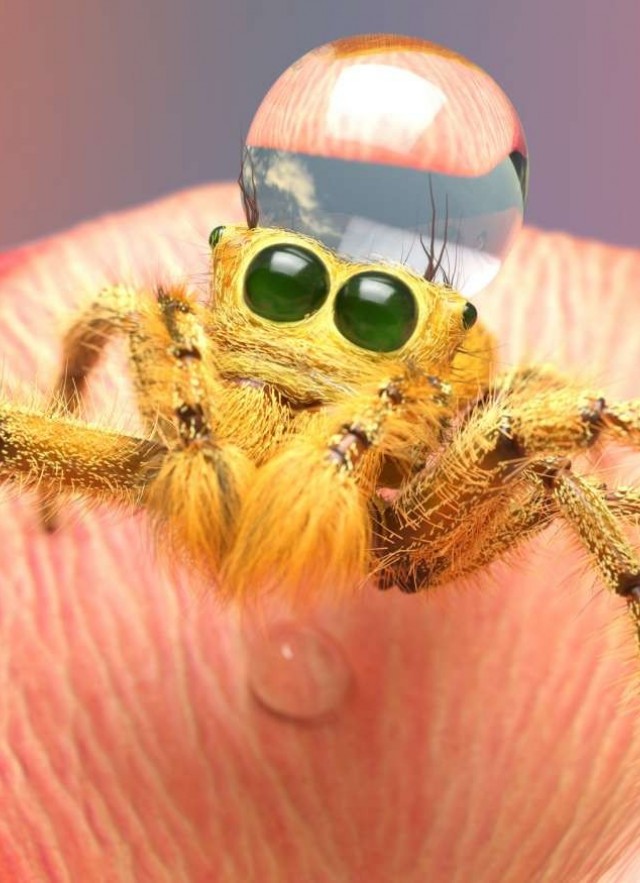
This blog is written by one of our @NHMLA community scientists, Eric Keller:
Originally published on April 29, 2016
If I were to make a list titled, “Accomplishments I Never Really Planned On But Achieved Anyways,” I think having a species of phorid fly named after me would have to be at the very top. And how did I manage to do this? Simple, I just volunteered as a community scientist by giving a little time and a small patch of real estate to Dr. Brian Brown and his BioSCAN team at the Natural History Museum of Los Angeles County, and as a nice thank you the museum dubbed one of their newly discovered species “Megaselia kelleri”.
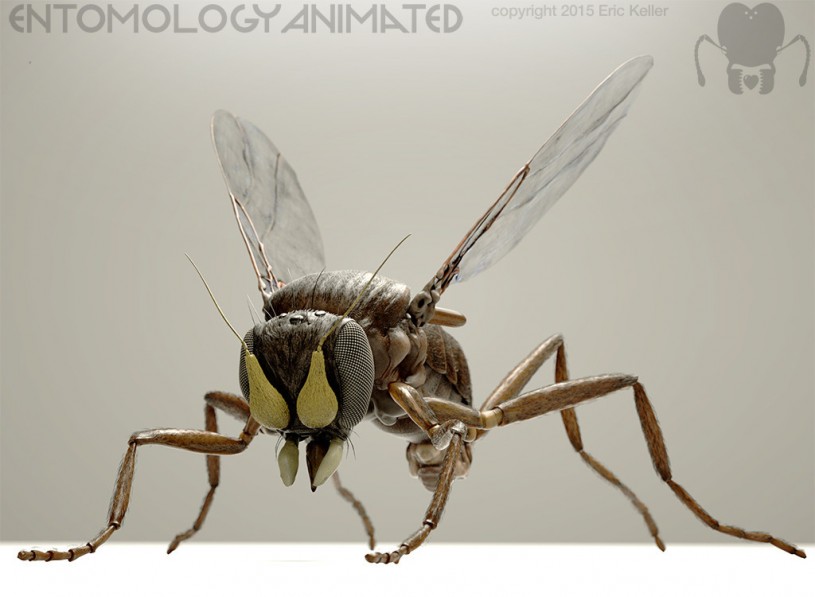
But this is not all I got out of the experience. In fact, much more valuable to me than the eponymous fly species is the connection that my participation in BioSCAN gave me to the museum itself. I have been involved in the science field for many years acting as a digital illustrator, creating graphics and animations for researchers and science educators. I started out on the East coast in the late 90s working for the Howard Hughes Medical Institute creating animations for BioInteractive, a free resource of animations, interactives, and lectures.
In 2005 I moved out to Hollywood to study the art of visual effects from the leading artists in the field. To earn a living I became a freelance animator and digital artist working in a number of studios around town. Most recently I had the opportunity to create some digital monsters for J.J. Abram’s latest sci-fi horror movie, 10 Cloverfield Lane. But getting into the production houses in Hollywood did not necessarily mean abandoning science.
In fact, I have been lucky enough to bounce between animation jobs in both the entertainment industry and in science. One of my proudest achievements was being a lead animator and artist for E. O. Wilson’s Life on Earth, which is a digital biology textbook available for free on the iPad. I worked on this project with a team of talented scientist-animators at a small company called Digizyme Inc., which is led by my good friend Gael McGill, a Harvard scientist, professor, and all-around digital visionary.

In preparing to work on Dr. Wilson’s book, Gael encouraged me to familiarize myself with his work, so I started reading Dr. Wilson’s books. Almost immediately, within the first few chapters of Biodiversity I became aware of the astonishing world of insects, especially ants. His writing inspired me to dive deeper into the world of entomology, and in my spare time I started creating insectoid creatures from my imagination using my modeling and rendering software. I created animations of what I imagined insect life would look like on other worlds, and this work generated a kind of creative feedback loop. To make better animations I needed to learn more about existing earthling insects, which in turn inspired more fantastic imaginary insects.
I began to concoct detailed physiology for my creatures, and I wrote up descriptions of life cycles, striving to make them as fantastic as possible but also completely plausible. I soon discovered that no matter how far-fetched my imaginary entomological creations were, I could soon find a real world example of an insect or arachnid more incredible than anything I could dream of. So, I finally gave up trying to outdo the creative genius of mother nature and instead I decided to just dive head first into studying this new amazing world where it seems as though there is an endless supply of inspiring stories to draw from.
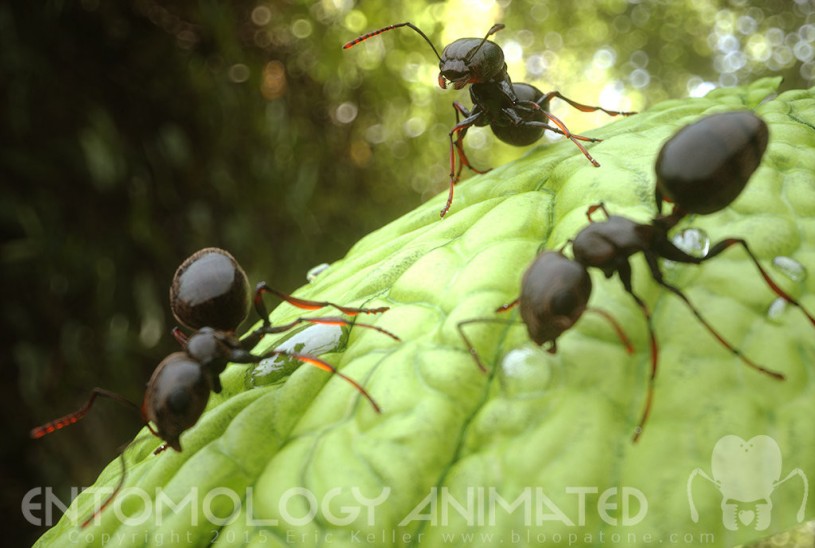
I became a bug addict. I needed more information on insects, and I needed expert eyes to help me correct mistakes in my digital insect models. My good friend Inna-Marie Strazhnik, who is an amazing scientific illustrator and oil painter got a job at the Natural History Museum. She took me on a behind-the-scenes tour to show me where she worked, and I got to see the insect collection firsthand. It was an incredible experience, drawers and drawers filled with fantastic creatures from all over the world. She also introduced me to Brian Brown, whom I had read about in an article in the LA Times. I was a little bit star struck when I met him but very excited. Over several months I met more of the staff at NHM, and around the same time my wife and I became home owners in Eagle Rock. When the museum put out the call for volunteers for the BioSCAN project I was more than happy to offer up a small part of my new backyard for a chance to be part of an actual scientific study.
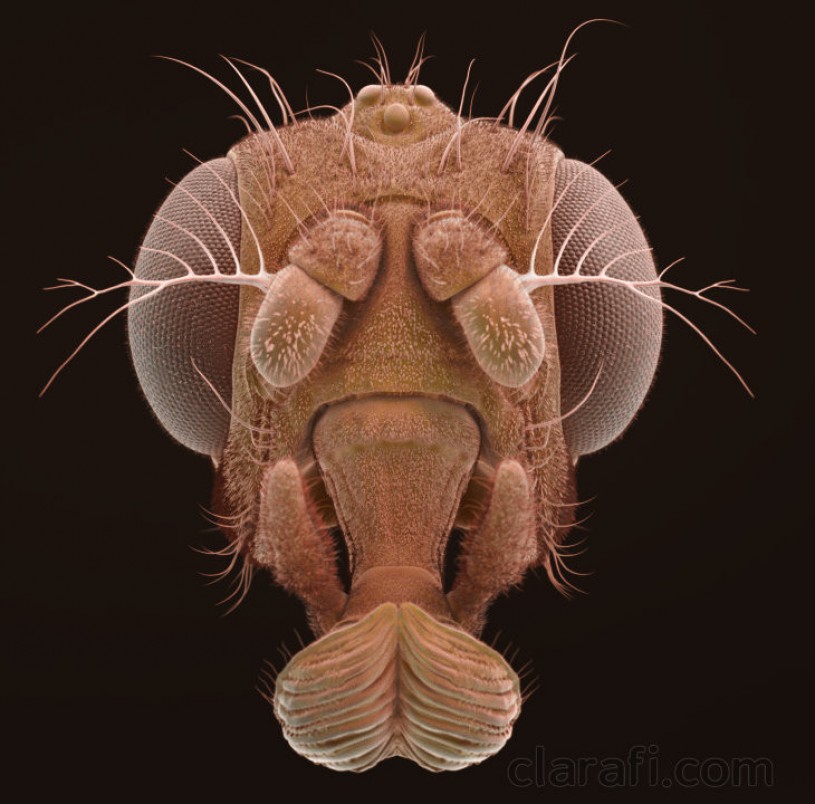
Becoming part of BioSCAN made it clear to me that the Museum is much more than a storehouse for dinosaur bones. It’s a place where real research is going on and, even more importantly, a place that directly connects the general public with scientific practice. I think being able to interact with people like Emily Hartop and Lisa Gonzalez is the best part of my connection to the Museum. It is painfully obvious that most people think of scientists in a very narrow stereotype. Popular culture paints a picture of researchers as being obsessive robots, ivory tower academics, or even worse, sociopathic madmen. Getting to know scientists as individuals who enjoy sharing their curiosity with the rest of the world is incredibly valuable. And even more so, spreading the word that everyone can be a part of scientific discovery, regardless of their age, experience, or academic training is something that the Museum can do better than any other public institution I can think of.
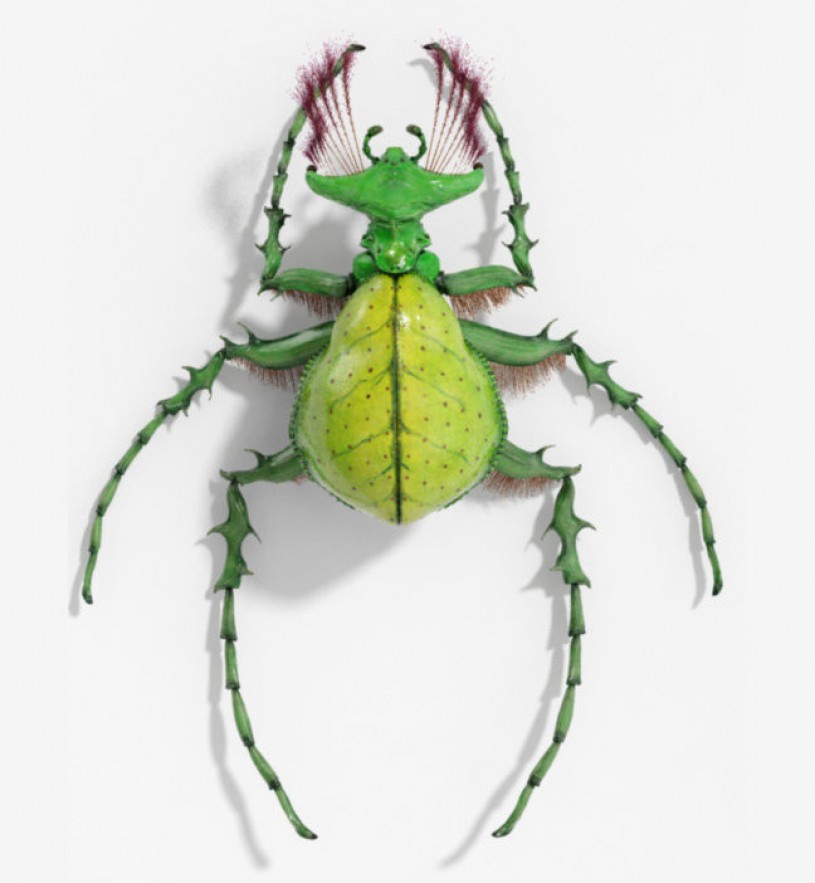
I take pride in being able to say that I am playing an integral role in advancing mankind’s knowledge of the world. Even though most of the real work is being done by Emily and Lisa, I’m hoping to be a part of more projects through the Museum. I’ve also started an online web animation series called “Entomology Animated” that explores various topics in insect physiology. This is something I do in my spare time, and I’m hoping teachers and students find it a useful resource. It's absolutely inspired by my connection to the Museum. I’ve promised Lisa, Emily, and Brian an animation on Phorid flies. Getting the anatomy of my digital model up to their standards is proving to be a pretty big challenge. The task is made a little bit easier since I know there is one species of phorid fly that literally has my name on it!
Interested in more? Eric's website can be found here.